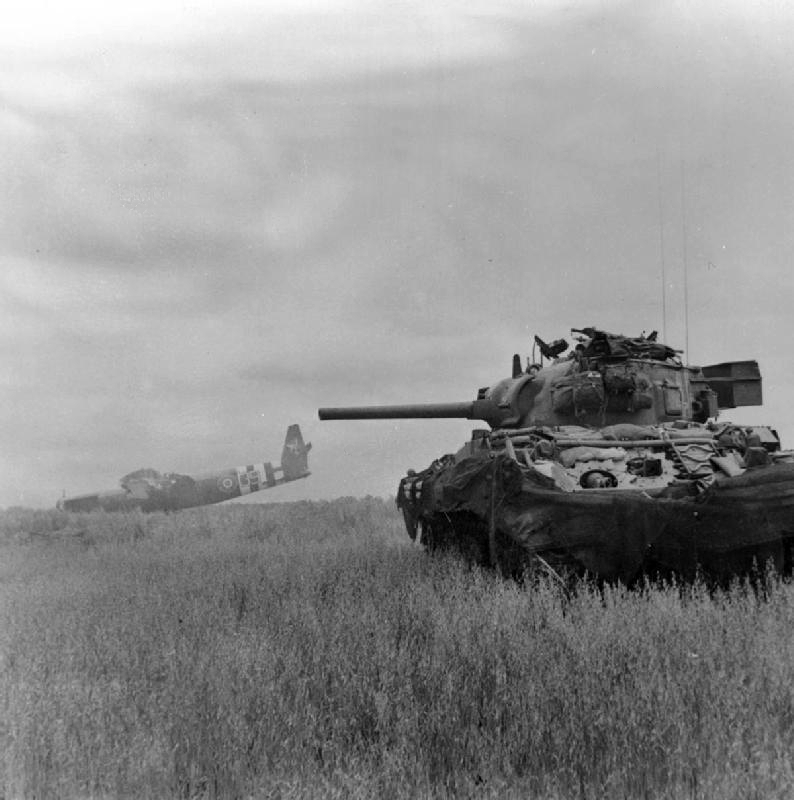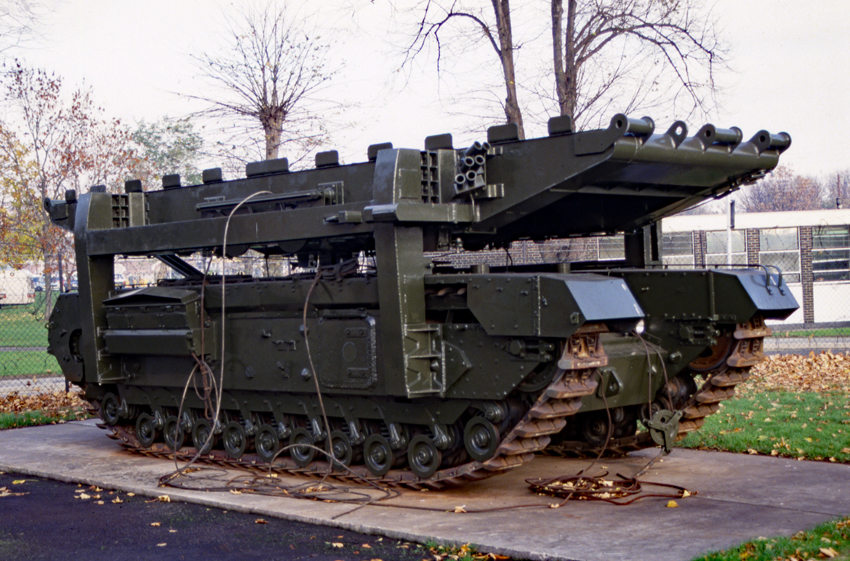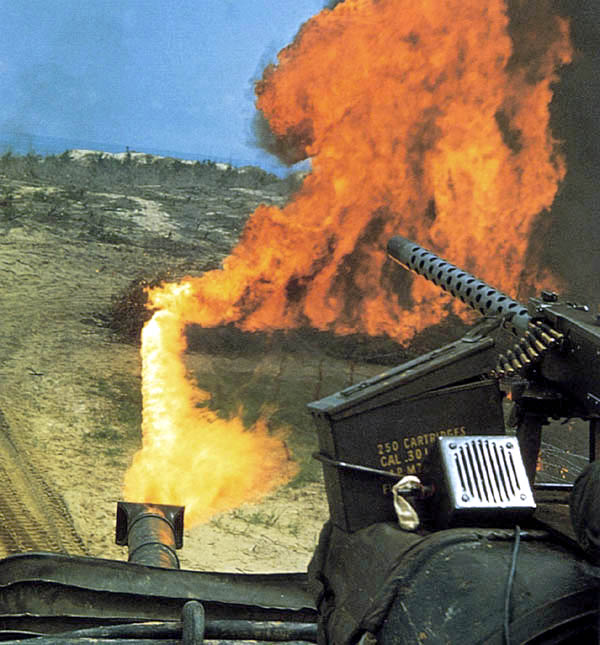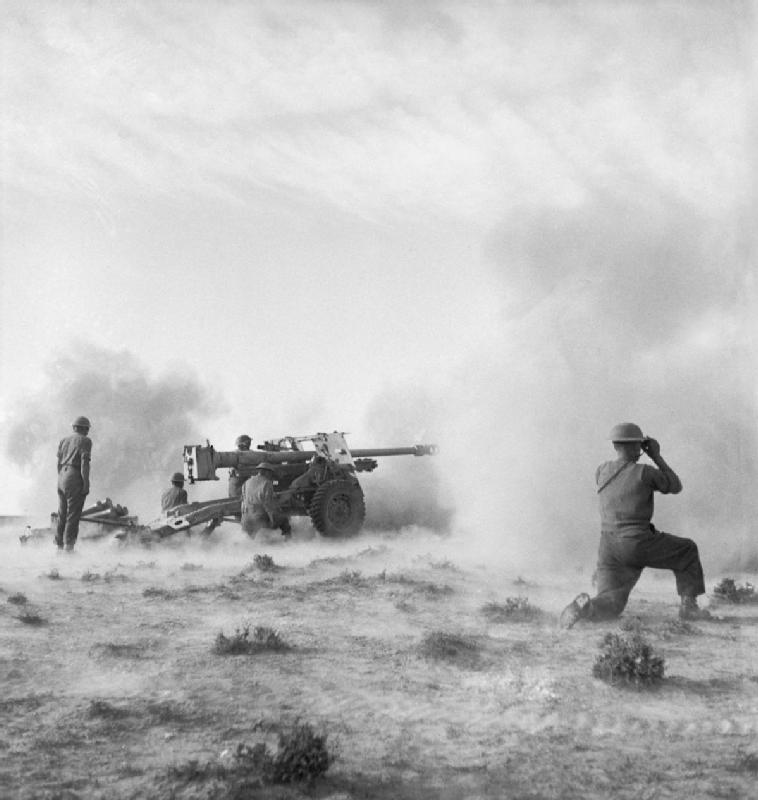|
Lend-Lease Sherman Tanks
The United States provided tens of thousands of its Medium Tank M4, also named the Sherman, to many of its Allies during the Second World War, under the terms of Lend-Lease. International distribution This chart shows Lend-Lease shipments to major recipients through 1 September 1945; subsequent transfers between countries within theaters of operations (i.e., from the United Kingdom to Poland or Canada, or the United States to Free France or China) after initial shipment are not included. British nomenclature The British received far more M4 medium tanks, 17,181 (roughly 34% of all M4s produced), than any other Allied nation. The British practice of naming American tanks after American Civil War generals was continued, giving it the name General Sherman after Union General William Tecumseh Sherman, usually shortened to Sherman. The US later adopted the name and the practice of naming tanks after generals. In the British naming system, the major variants were identified by ... [...More Info...] [...Related Items...] OR: [Wikipedia] [Google] [Baidu] |
Medium Tank
A medium tank is a classification of tanks, particularly prevalent during World War II which represented a compromise between the mobility oriented light tanks and the armour and armament oriented heavy tanks. A medium tank's classification is not actually based on weight, but off of tactical usage and intended purpose; for instance the German Panzerkampfwagen V Panther medium tank has a mass similar to contemporary Allied heavy tanks. The most widely produced, cost effective and successful tanks of World War II (the German Panzer IV, the Soviet T-34, and the American M4 Sherman) were all medium tank designs. Many of the medium tank lines became what are called main battle tanks in most countries. History The first tanks to carry the name "Medium" appeared in the First World War with the British Medium Mark A Whippet. It was smaller, lighter and faster than the British heavy tanks of the time and only carried machine guns. The medium tank doctrine came into use in the inter ... [...More Info...] [...Related Items...] OR: [Wikipedia] [Google] [Baidu] |
William Tecumseh Sherman
William Tecumseh Sherman ( ; February 8, 1820February 14, 1891) was an American soldier, businessman, educator, and author. He served as a general in the Union Army during the American Civil War (1861–1865), achieving recognition for his command of military strategy as well as criticism for the harshness of the scorched-earth policies that he implemented against the Confederate States. British military theorist and historian B. H. Liddell Hart declared that Sherman was "the first modern general". Born in Ohio into a politically prominent family, Sherman graduated in 1840 from the United States Military Academy at West Point. He interrupted his military career in 1853 to pursue private business ventures, without much success. In 1859, he became superintendent of the Louisiana State Seminary of Learning & Military Academy (now Louisiana State University), a position from which he resigned when Louisiana seceded from the Union. Sherman commanded a brigade of volunteers a ... [...More Info...] [...Related Items...] OR: [Wikipedia] [Google] [Baidu] |
Invasion Of Normandy
Operation Overlord was the codename for the Battle of Normandy, the Allied operation that launched the successful invasion of German-occupied Western Europe during World War II. The operation was launched on 6 June 1944 (D-Day) with the Normandy landings. A 1,200-plane airborne assault preceded an amphibious assault involving more than 5,000 vessels. Nearly 160,000 troops crossed the English Channel on 6 June, and more than two million Allied troops were in France by the end of August. The decision to undertake a cross-channel invasion in 1944 was taken at the Trident Conference in Washington in May 1943. General Dwight D. Eisenhower was appointed commander of Supreme Headquarters Allied Expeditionary Force, and General Bernard Montgomery was named commander of the 21st Army Group, which comprised all the land forces involved in the invasion. The coast of Normandy of northwestern France was chosen as the site of the invasion, with the Americans assigned to land at sectors c ... [...More Info...] [...Related Items...] OR: [Wikipedia] [Google] [Baidu] |
Operation Overlord
Operation Overlord was the codename for the Battle of Normandy, the Allied operation that launched the successful invasion of German-occupied Western Europe during World War II. The operation was launched on 6 June 1944 (D-Day) with the Normandy landings. A 1,200-plane airborne assault preceded an amphibious assault involving more than 5,000 vessels. Nearly 160,000 troops crossed the English Channel on 6 June, and more than two million Allied troops were in France by the end of August. The decision to undertake a cross-channel invasion in 1944 was taken at the Trident Conference in Washington in May 1943. General Dwight D. Eisenhower was appointed commander of Supreme Headquarters Allied Expeditionary Force, and General Bernard Montgomery was named commander of the 21st Army Group, which comprised all the land forces involved in the invasion. The coast of Normandy of northwestern France was chosen as the site of the invasion, with the Americans assigned to land at sectors ... [...More Info...] [...Related Items...] OR: [Wikipedia] [Google] [Baidu] |
Hobart's Funnies
Hobart's Funnies is the nickname given to a number of specialist armoured fighting vehicles derived from tanks operated during the Second World War by units of the 79th Armoured Division of the British Army or by specialists from the Royal Engineers. They were designed in light of problems that more standard tanks experienced during the amphibious Dieppe Raid, so that the new models would be able to overcome the problems of the planned invasion of Normandy. These tanks played a major part on the Commonwealth beaches during the landings. They were forerunners of the modern combat engineering vehicle and took their nickname from the 79th Division's commander, Major General Percy Hobart. The vehicles converted were chiefly Churchill tanks, and American-supplied M4 Sherman tanks. History Plans to invade continental Europe were completely revised after the failure of the raid on Dieppe in 1942. Allied units in Normandy would need to overcome terrain, obstacles and coastal forti ... [...More Info...] [...Related Items...] OR: [Wikipedia] [Google] [Baidu] |
Artillery Tractor
An artillery tractor, also referred to as a gun tractor, is a specialized heavy-duty form of tractor unit used to tow artillery pieces of varying weights and calibres. It may be wheeled, tracked, or half-tracked. Traction There are two main types of artillery tractors, depending on the type of traction: wheeled and tracked. * Wheeled tractors are usually variations of lorries adapted for military service. * Tracked tractors run on continuous track; in some cases are built on a modified tank chassis with the superstructure replaced with a compartment for the gun crew or ammunition. In addition, half-track tractors were used in the interwar period and in World War II, especially by the Wehrmacht. This type of tractor was mostly discontinued postwar. History World War I The first artillery tractors were designed prior to the outbreak of World War I, often based on agricultural machines such as the Holt tractor. Such vehicles allowed the tactical use of heavier guns ... [...More Info...] [...Related Items...] OR: [Wikipedia] [Google] [Baidu] |
Armoured Recovery Vehicle
An armoured recovery vehicle (ARV) is typically a powerful tank or armoured personnel carrier (APC) chassis modified for use during combat for military vehicle recovery (towing) or repair of battle-damaged, stuck, and/or inoperable armoured fighting vehicles, such as tanks and armoured personnel carriers. Most ARVs have motorized tracks, like a tank or bulldozer, enabling the ARV to operate on uneven ground. The term "Armoured Repair and Recovery Vehicle" (ARRV) is also used. ARVs may have winches, jibs, cranes, and/or bulldozer blades to aid in tank recovery. Typically, any specialized lifting and recovery equipment replaces the turret and cannon found on a battle tank. ARVs may in some cases have electric generators, blowtorches, chainsaws and fuel pumps to help with recovery operations, or spare parts, to facilitate field repairs. Some ARVs have a spade component to anchor the vehicle when it is towing or lifting. Since most ARVs are based on tank or APC chassis, they have ... [...More Info...] [...Related Items...] OR: [Wikipedia] [Google] [Baidu] |
Kangaroo (armoured Personnel Carrier)
A Kangaroo was a Canadian armoured personnel carrier (APC) during the Second World War which was created by converting a tank chassis. Kangaroos were created as an expedient measure "in the field" by the Canadian Army, and were so successful that they were used by other Commonwealth forces, including the British Army. Their ability to manoeuvre in the field with tanks was a major advantage over earlier designs, and led to the dedicated APC designs that were introduced by almost all armies immediately after the war. History The earliest iterations of the Kangaroo were created from M3 and M5 Stuart light tanks to serve as artillery tractors in North Africa campaign in circumstances where Universal Carriers were unavailable. They were effective in their role, but attempts by soldiers to use them as improvised APCs proved ill-advised due to the Stuart's very light armour. In July 1944, Lieutenant-General Harry Crerar's First Canadian Army was concerned by manpower shortages due ... [...More Info...] [...Related Items...] OR: [Wikipedia] [Google] [Baidu] |
Flame Tank
A flame tank is a type of tank equipped with a flamethrower, most commonly used to supplement combined arms attacks against fortifications, confined spaces, or other obstacles. The type only reached significant use in the Second World War, during which the United States, Soviet Union, Germany, Italy, Japan, and the United Kingdom (including members of the British Commonwealth) all produced flamethrower-equipped tanks. A number of production methods were used. The flamethrowers used were either modified versions of existing infantry flame weapons (Flammpanzer I and II) or specially designed (Flammpanzer III). They were mounted externally (Flammpanzer II), replaced existing machine gun mounts, or replaced the tank's main armament (Flammpanzer III). Fuel for the flame weapon was either carried inside the tank, in armoured external storage, or in some cases in a special trailer behind the tank ( Churchill Crocodile). Combat effectiveness In comparison to man-portable flamethrowe ... [...More Info...] [...Related Items...] OR: [Wikipedia] [Google] [Baidu] |
QF 17 Pounder
The Ordnance Quick-Firing 17-pounder (or just 17-pdr)Under the British standard ordnance weights and measurements the gun's approximate projectile weight is used to denote different guns of the same calibre. Hence this was a 3-inch gun, of which there were several types in British service, which fired a projectile weighing approximately was a 76.2 mm (3 inch) gun developed by the United Kingdom during World War II. It was used as an anti-tank gun on its own carriage, as well as equipping a number of British tanks. Used with the APDS shot, it was capable of defeating all but the thickest armour on German tanks. It was used to 'up-gun' some foreign-built vehicles in British service, notably to produce the Sherman Firefly variant of the US M4 Sherman tank, giving British tank units the ability to hold their own against their German counterparts. In the anti-tank role, it was replaced after the war by the 120 mm BAT recoilless rifle. As a tank gun, it was succeeded by t ... [...More Info...] [...Related Items...] OR: [Wikipedia] [Google] [Baidu] |
Sherman Firefly
The Sherman Firefly was a tank used by the United Kingdom and some armoured formations of other Allies in the Second World War. It was based on the US M4 Sherman, but was fitted with the more powerful 3-inch (76.2 mm) calibre British 17-pounder anti-tank gun as its main weapon. Originally conceived as a stopgap until future British tank designs came into service, the Sherman Firefly became the most common vehicle mounting the 17-pounder in the war. During the war, the British Army made extensive use of Sherman tanks. Though they expected to have their own tank models developed soon, the previously rejected idea of mounting the 17-pounder in the Sherman was eventually accepted, despite initial government resistance. This proved fortunate, as both the Cruiser Mk VIII Challenger and Cruiser Mk VIII Cromwell tank designs experienced difficulties and delays. After the difficult problem of getting such a large gun to fit in the Sherman's turret was solved, the Firefly was put ... [...More Info...] [...Related Items...] OR: [Wikipedia] [Google] [Baidu] |
United Kingdom
The United Kingdom of Great Britain and Northern Ireland, commonly known as the United Kingdom (UK) or Britain, is a country in Europe, off the north-western coast of the European mainland, continental mainland. It comprises England, Scotland, Wales and Northern Ireland. The United Kingdom includes the island of Great Britain, the north-eastern part of the island of Ireland, and many List of islands of the United Kingdom, smaller islands within the British Isles. Northern Ireland shares Republic of Ireland–United Kingdom border, a land border with the Republic of Ireland; otherwise, the United Kingdom is surrounded by the Atlantic Ocean, the North Sea, the English Channel, the Celtic Sea and the Irish Sea. The total area of the United Kingdom is , with an estimated 2020 population of more than 67 million people. The United Kingdom has evolved from a series of annexations, unions and separations of constituent countries over several hundred years. The Treaty of Union between ... [...More Info...] [...Related Items...] OR: [Wikipedia] [Google] [Baidu] |

.jpg)




.jpg)



.jpg)